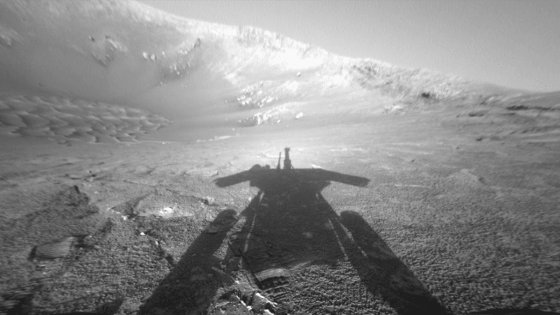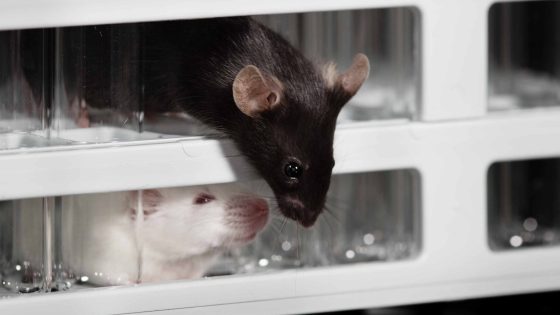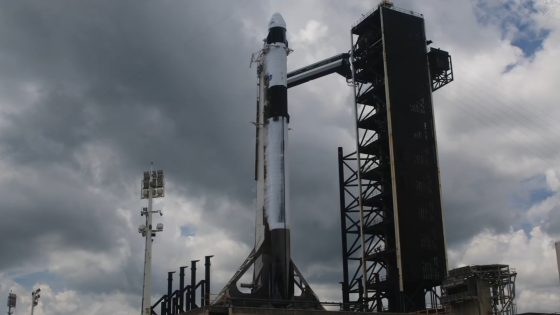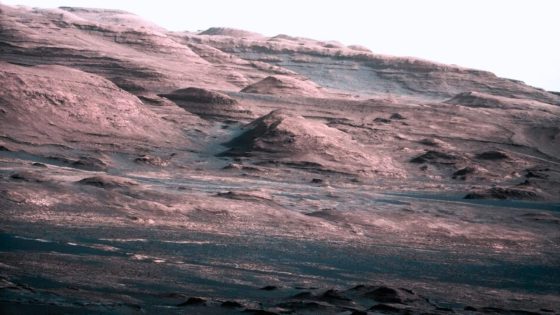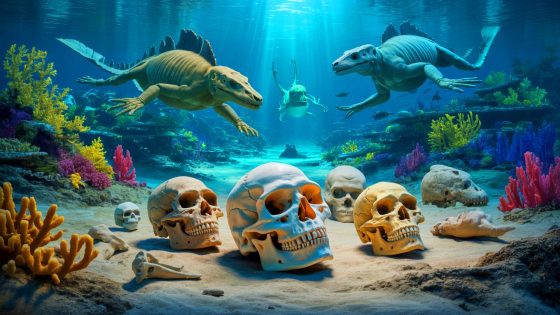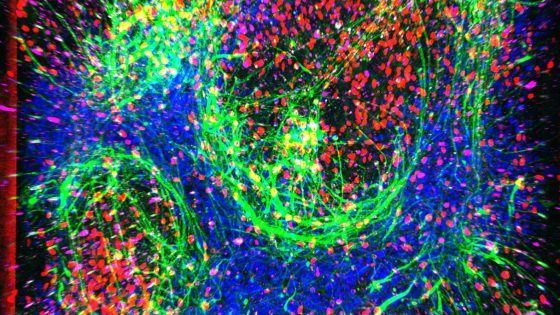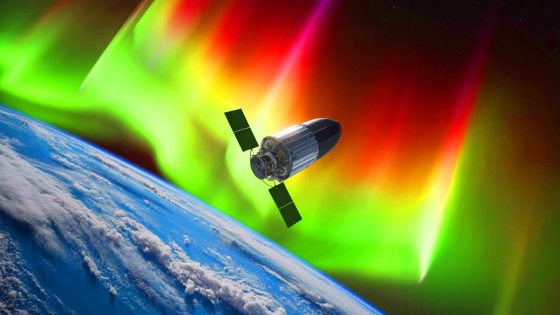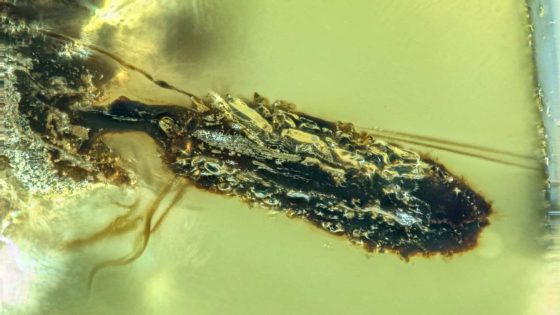The exploration of Mars has captivated scientists and enthusiasts alike, thanks to NASA’s commitment to sending robotic missions to the Red Planet. Since the first rover, Sojourner, landed in 1997, we’ve gained invaluable insights into Mars’ geology and potential for past life. As of 2025-07-12 12:12:00, the legacy of these rovers continues to shape our understanding of extraterrestrial environments.
- NASA's commitment enables Mars exploration.
- Opportunity rover exceeded lifespan by 55 times.
- Last message was an incomplete image.
- Rover discovered evidence of past water.
- Planet-wide storm ended Opportunity's mission.
- Final communication reflected dark, dusty conditions.
The Opportunity and Spirit rovers, which landed in 2004, were pivotal in discovering evidence that Mars may have once harbored microbial life. They operated far beyond their expected lifespan, with Opportunity traveling over 45 kilometers before a dust storm ended its mission in 2018.
What can we learn from the Opportunity rover’s mission? Its findings raise important questions about the habitability of Mars. The mission’s success highlights the importance of long-term exploration in understanding planetary evolution.
- Opportunity traveled 28 miles, completing the first marathon on another planet.
- It provided crucial data suggesting Mars once had water.
- The rover’s final image captured the darkened skies during a dust storm.
As we look to the future, the lessons learned from these missions will guide our next steps in interplanetary exploration, potentially paving the way for human missions to Mars.



